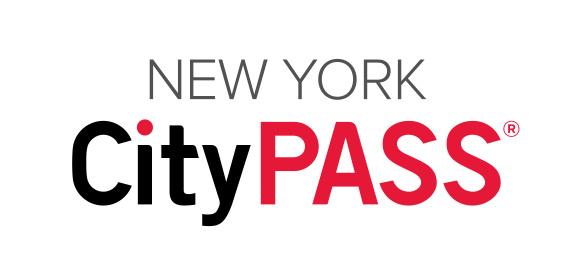Every December 31, one of the biggest parties of the year happens at Times Square in New York City. People all over the world fly in to attend the live event, and millions more tune in to watch on TV and count down as the famous ball drops. It's easily one of the top things to do during the New Year.
Check out the graphic below to find out how the party in Times Square got started and also the changes that have happened over the years.
Facts
1904: The first-ever celebration of New Year's Eve in Times Square took place in 1904. 200,000 people attend the event. Also at this time, New York opened the city's first subway line while The New York Times Magazine commemorated the official opening of their new headquarters.
1907: The very first ball was lowered in Times Square after a ban was made on fireworks for the celebration. The illuminated iron and wood ball was adorned with one hundred 25-watt light bulbs. It was 5 feet in diameter and weighed 700 pounds
1920: In 1920, the New Year's Eve ball was replace with a 400 pound ball made of entirely wrought iron, making the ball 300 pounds lighter than the original.
1942-43: Due to wartime restrictions during World War II, the New Year's Eve ball was not lowered in 1942 or 1943. Instead, people partied but offered a moment of silence on New Year's Eve.
1955: In 1955, the iron New Year's Even ball dropped some more weight when it was replaced with an aluminum ball (replica seen to the right), weighing a mere 200 pounds.
1972: Dick Clark began his famous, live New Year's Rockin' Eve Special filmed in Times Square. The show was such a success that it became a New Year's Eve staple, airing every year afterward.
1981: In 1981, red light bulbs and a green stem converted the New Year's Eve ball into an apple for the "I Love New York" marketing campaign that referred to New York as "The Big Apple." In 1988, the ball returned to it's classic look.
1995: In 1995, the ball was upgraded with aluminum skin, rhinestones, strobes, and computer controls, but the ball was lowered for the last time in 1998.
2000: For New Year's Eve in 2000, the millennium celebration, the New Year's Eve ball was completely redesigned by Waterford Crystal. The new crystal ball combined the latest in technology with the most traditional of materials, reminding us of our past as we gazed into the future and the beginning of a new millennium. Approximately 2 million people attended the 2000 New Year's Eve Celebration.
2001: 7,000 police were on duty during the New Year's Eve Celebration that followed the attacks of September 11, 2001. Since then, security for New Year's Eve has been increased. From undercover officers, bomb sniffing dogs, and checkpoints to officers sealing manholes and carrying radiation detectors, the NYPD took every precaution to keep event goers safe.
2008: Forty-three billion text messages were sent globally during the 2008 New Year's Even Celebration.
2009: NYC decides to keep the New Year's Eve ball up after the celebration as a year-round fixture.
Today: For 2011, Waterford Crystal has designed 288 new "Let There Be Love" crystal triangles featuring a romantic pattern that blends a modern cascade of hearts with diamond cutting. Another 288 triangles are emblazoned with last year's "Let There Be Courage" design of a ribbon medal symbolizing the triumph of courage over adversity; and 1,152 triangles sparkle with the "Let There Be Joy" design of an angel with arms uplifted welcoming the New Year. The remaining 960 triangles are the original "Let There Be Light" design of a stylized radiating sunburst.
If you're ever in New York during New Year's and planning to stay a few days, make sure to check out some of the top New York attractions that you can visit while you're in town.
(Top photo credit: Anthony Quintano)
